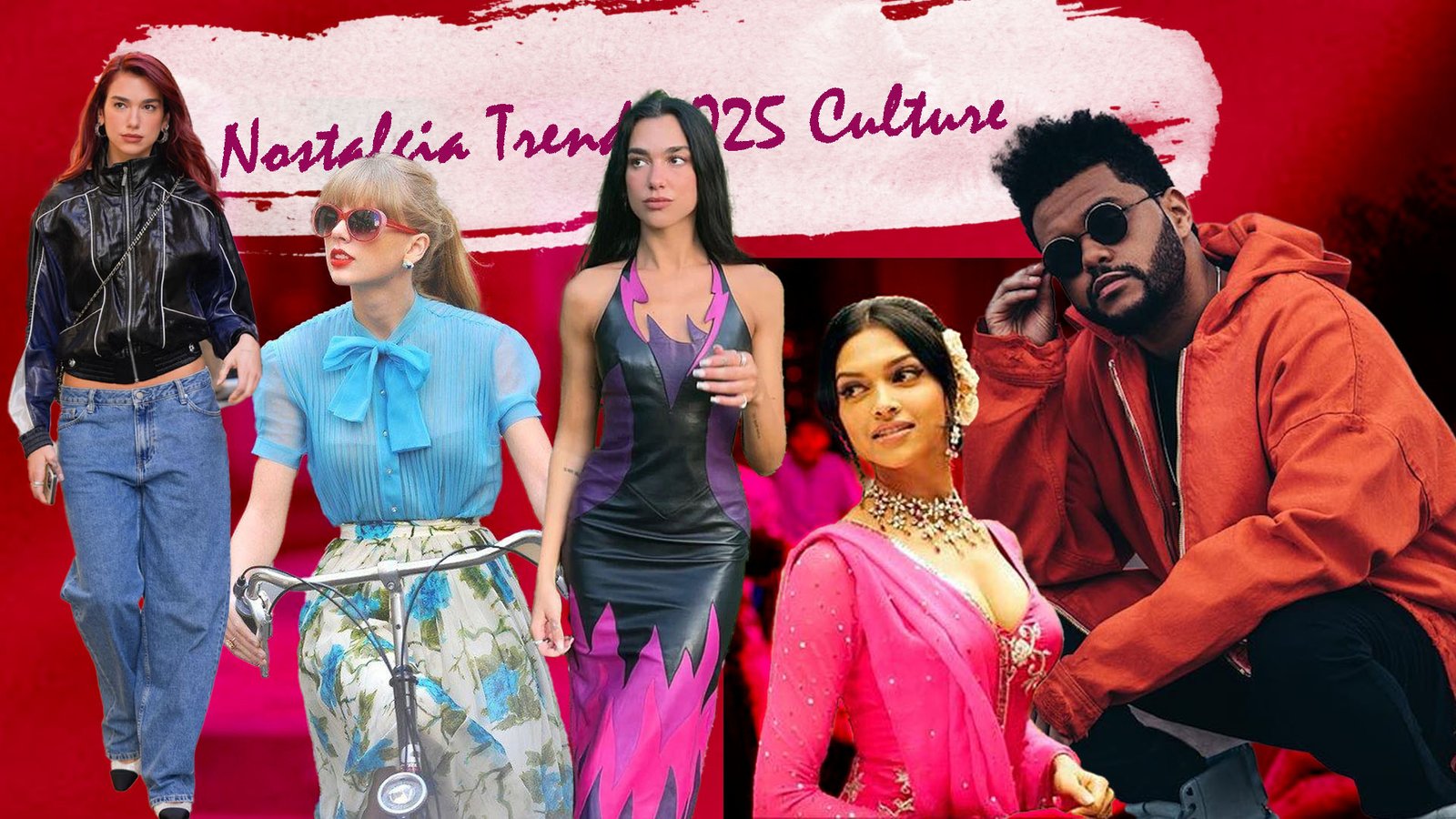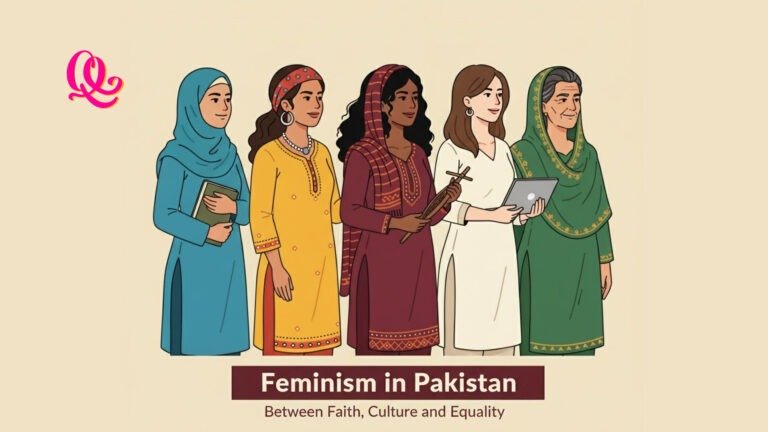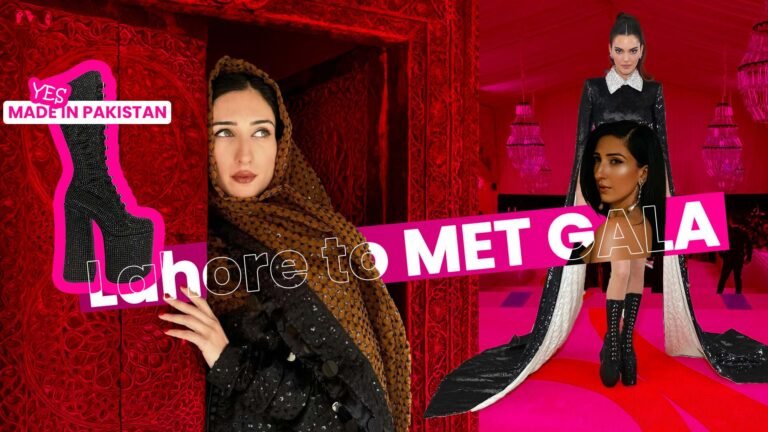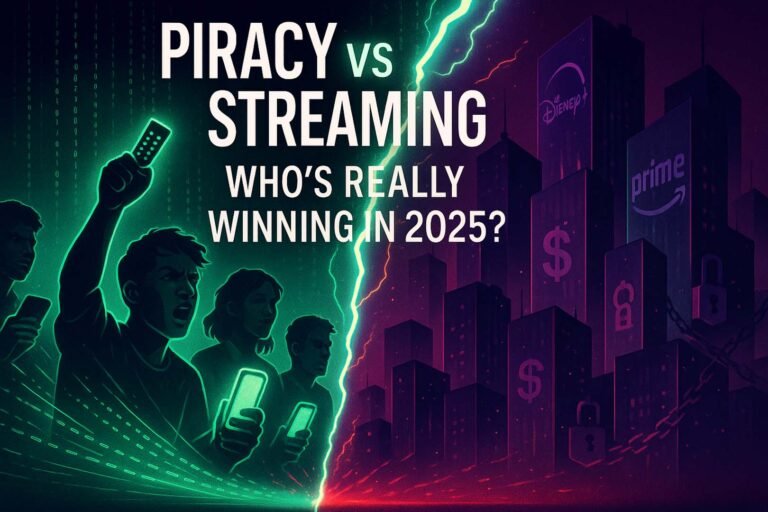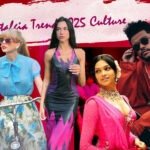In 2025, the nostalgia trend 2025 culture has taken over global entertainment. Both Gen Z and Millennials are turning back the clock, but not to live in the past.
They’re reviving what once defined earlier generations and transforming it into a fresh expression of modern identity. The result is an amazing mix of “then and now,” where Y2K fashion revival music 2025 dominates runways and playlists alike.
Why Nostalgic Aesthetics Are Trending

In an age of economic shifts, political tension, and rapid technological change, people naturally reach back toward the familiar. Research supports the idea: a 2025 study by The Drum revealed that 75 percent of consumers are more likely to engage with brands that evoke nostalgia.
Similarly, marketing analyses show that nostalgia-themed campaigns generate stronger emotional responses than neutral ones. In digital spaces where everything feels transient, nostalgia offers continuity. It allows people to slow down emotionally, even while the world accelerates around them.
Gen Z, the 90s & the 2000s Revisited
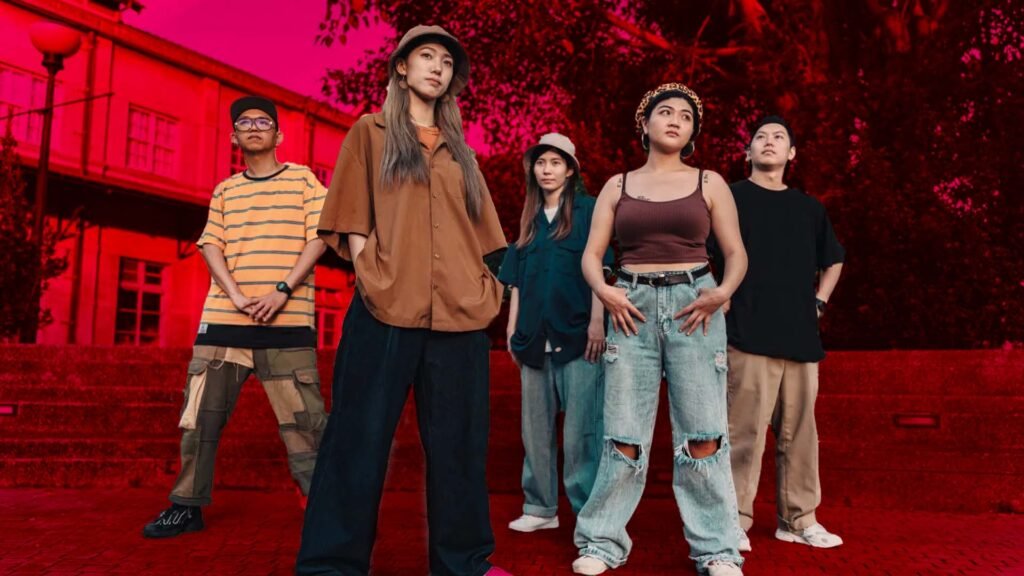
The retro style comeback Gen Z 90s 2000s phenomenon defines the visual language of 2025. Walk down any high street or scroll through TikTok, and you’ll see low-rise jeans, baby tees, cargo pants, bucket hats, and wired headphones. The 90s and early 2000s hold a unique appeal for Gen Z precisely because they represent an era just out of reach. For digital natives raised in hyper-curated social feeds, the imperfections of old-school aesthetics feel refreshing.
A study, from Vypr Clients, introduced the term “Vibestalgia”,” describing consumers’ desire for emotional, decade-blending styles that merge the 80s, 90s, and 2000s into one timeless vibe.
“In uncertain times, people find emotional security in the past,” says culture analyst Emma Hope Allwood.
Youll Also Love This: How Pakistani Designer at Marc Jacobs Is Slaying the Global Fashion Scene with Bold Creativity
Y2K Fashion Revival & Music Influence in 2025

The Y2K fashion revival music 2025 crossover represents the perfect marriage of sound and style. Metallic fabric and holographic prints now coexist with remixes of 2000s pop and R&B tracks. On TikTok and Instagram, creators pair early-2000s beats with VHS-style visuals, blending auditory nostalgia with modern storytelling.
Vinyl and cassette formats are experiencing a measurable resurgence, with reports showing a 44 percent increase in nostalgic playlist engagement since early 2024. Meanwhile, artists such as Dua Lipa and The Weeknd continue to reinvent synth-pop and disco-inspired sounds.
The fashion industry has capitalized on this auditory trend, with brands designing capsule collections that evoke the same era. Y2K style resonates because it captures optimism. The early 2000s were defined by a belief in the future. Reimagining those aesthetics in 2025 allows young people to reclaim that hopefulness, even amid today’s uncertainty.
On Screen, Soundtrack & Streaming

Streaming platforms are flooded with reboots, revivals, and sequels that reintroduce beloved characters to both old fans and new viewers. The announcement of another Bridget Jones film earlier this year reignited conversations about the enduring appeal of 90s romantic comedies.
Similarly, the ongoing success of shows like Friends and The Office on streaming services show how timeless stories continue to anchor cultural comfort. Technology, too, has embraced retro reinvention. Flip phones, cassette-inspired Bluetooth speakers, and digital cameras designed to mimic film aesthetics have become popular among Gen Z consumers.
These devices symbolize rebellion against the constant connectivity of smartphones. For brands, nostalgia marketing has become a proven formula. Pepsi, Nike, and Barbie have all utilized retro campaigns that blend vintage visuals with contemporary messages.
When Nostalgia Becomes Oversaturated

Still, not everyone is enchanted by the past. Critics warn that excessive nostalgia risks innovation and romanticizes imperfect eras. Commentators in The Guardian note that 90s revival culture often erases the social issues that defined the decade, replacing them with sanitized memories of pop music and denim.
Commercial overuse is another concern. With every brand jumping on the nostalgia bandwagon, some campaigns feel more exploitative than authentic. Online, users have coined terms like “nostalgia-bait” to describe the fatigue of seeing endless throwbacks. While the aesthetic is captivating, authenticity remains crucial for long-term resonance.
The Future of Nostalgia
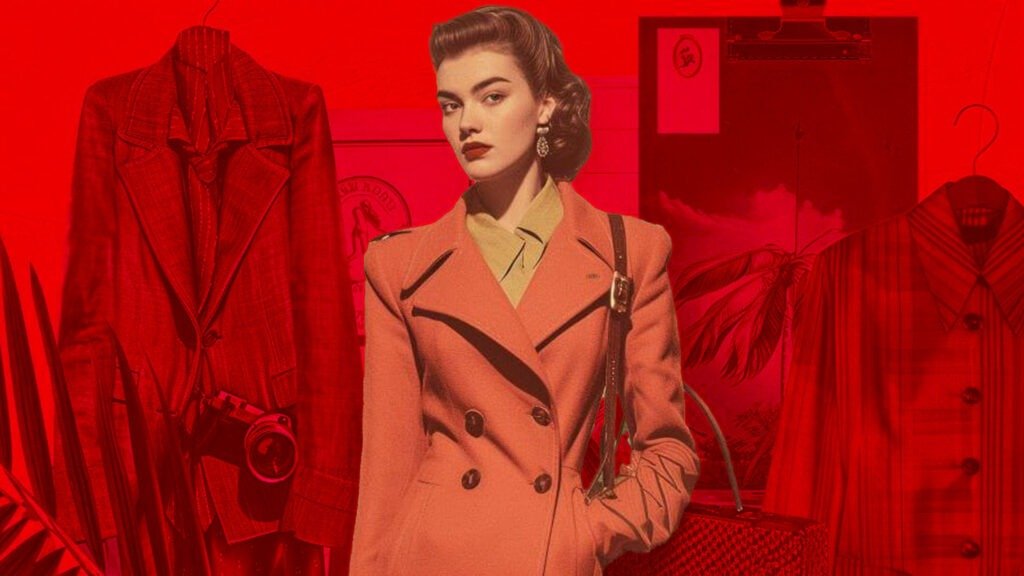
The next chapter may be hybrid futurism, where vintage aesthetics meet latest technology.
Already, artists and designers are experimenting with AI-enhanced retro visuals, holographic performances of legacy musicians, and augmented-reality experiences that let users “step inside” their favorite past decades. As Gen Alpha matures, attention is shifting toward the early 2010s, suggesting a new nostalgia cycle is on the horizon.
Meanwhile, “Vibestalgia” continues to blur lines between decades and the playful futurism of the 2000s into one layered aesthetic. In this sense, nostalgia’s future is a remixing of timelines that celebrates continuity and creativity simultaneously.
Final Thoughts on Nostalgia Trend 2025 Culture
The nostalgia trend 2025 culture exposes our collective need for comfort, connection, and meaning in a time of overwhelming change. Through the Y2K fashion revival music 2025 phenomenon and the retro style comeback Gen Z 90s 2000s movement, we’re witnessing how memory becomes a creative force.
Nostalgia today isn’t about imitation; it’s a new cultural narrative that proves innovation doesn’t always mean abandoning history. Sometimes, moving forward means carrying a piece of the past with you.

